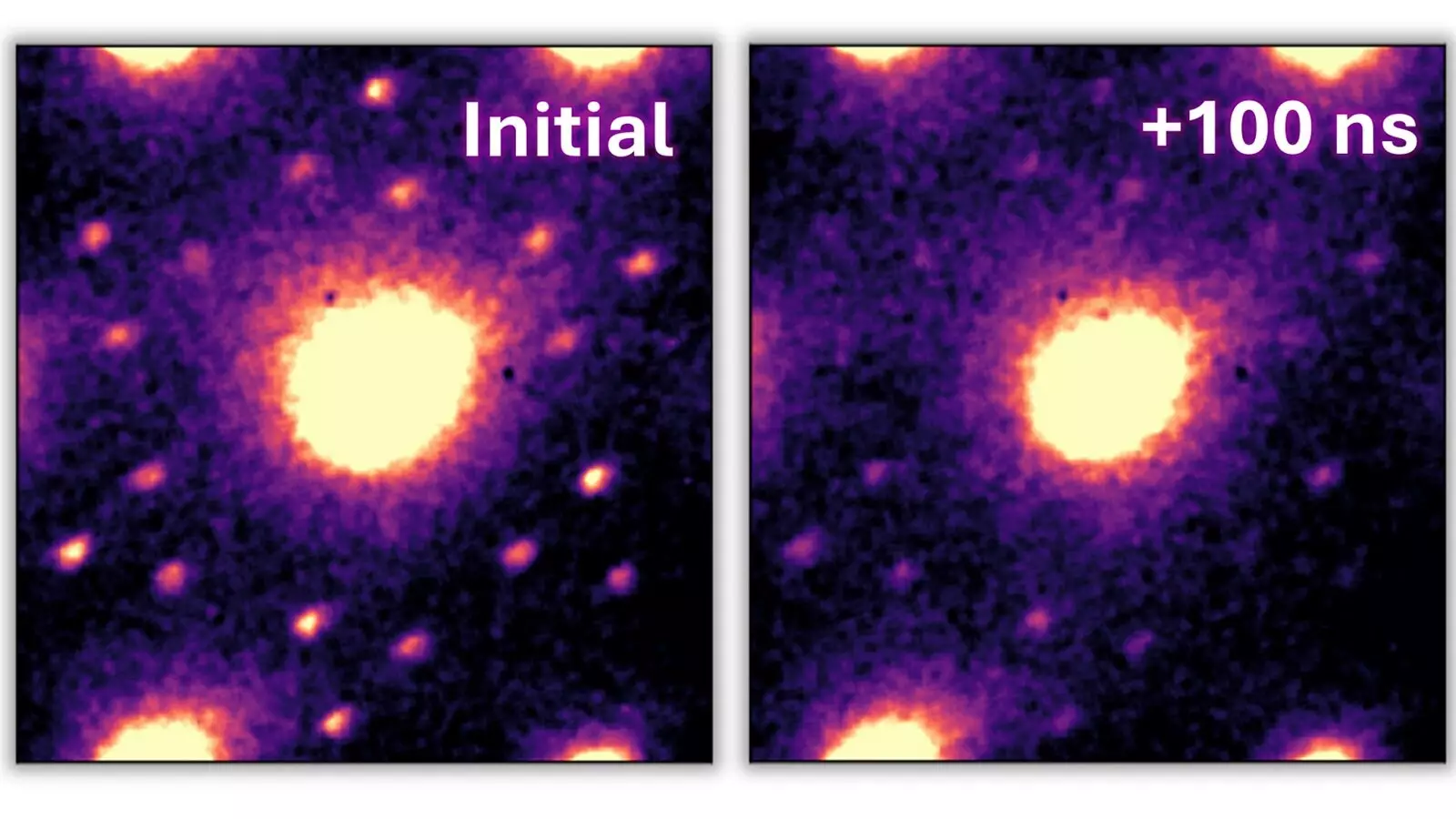As the capabilities of supercomputers expand, so too does their appetite for energy. Current systems consume power on the same scale as small cities, which raises urgent concerns about sustainability and efficiency in the data-driven landscapes of today and tomorrow. With the need for high-performance computing (HPC) becoming increasingly pervasive—from scientific research to artificial intelligence—researchers are racing to develop alternatives that promise reduced energy consumption while maintaining, or even enhancing, performance. New approaches involving artificial neural networks and cutting-edge materials have the potential to reshape this field entirely.
Neuroscience Meets Technology
The inspiration drawn from the human brain has been a goldmine for innovation in computing. Artificial neural networks, which are designed to replicate the way neurons interact and process information, are at the forefront of this evolution. In laboratory settings, researchers have identified a unique material known as 1T-TaS2, which exhibits intriguing behaviors at room temperature that could be critical for energy-efficient computing. This tantalum sulfide is known to form charge density waves—highly correlated movements of electrons that can revolutionize the field by controlling resistance in electronic circuits.
Understanding the dynamics of these charge density waves is comparable to deciphering complex neural processes. If researchers can tap into the ways that these waves can be manipulated, we could usher in a new era of computing that mirrors the efficiency of biological systems—where energy is used sparingly and massive computational tasks are performed speedily.
Unraveling Charge Density Waves
The pivotal challenge has been unraveling the mechanisms by which these charge density waves operate. One of the most cutting-edge techniques developed at the Argonne National Laboratory involves ultrafast electron microscopy. This technology allows scientists to visualize phenomena occurring on the nanosecond timescale, akin to watching a movie at lightning speed. This enhanced resolution is critical when examining how these charge density waves “switch” in response to electrical stimuli.
Observations have revealed two significant findings: firstly, the charge density waves do not just respond to the electrical pulses as one might expect. Instead, they exhibit a dramatic melting response due to thermal effects triggered by the pulse itself. This reaction is reminiscent of neural activation in biological systems, suggesting a parallel between the two domains. Secondly, the electrical pulses provoke vibrational oscillations in the material, further destabilizing the wave arrangement in ways that potentially mimic synaptic firing in the brain.
Applications Beyond Supercomputing
These discoveries hold immense promise not only for supercomputing but also for a wide range of applications in microelectronics. The capacity to control charge density waves might enable the development of even smaller and faster microelectronic devices. As the quest for energy-efficient technology continues, the implications of manipulating such fundamental properties in materials can extend beyond mere computational power. Enhanced sensors, low-energy devices capable of complex tasks, and next-generation data storage systems could all emerge from these findings.
Charudatta Phatak, a key scientist involved in this research, notes the broader impacts of their discoveries: “Understanding the fundamental mechanisms of how we can control these charge density waves is important because this can be applied to other materials to control their properties.” This perspective highlights that the work being done with 1T-TaS2 is not an isolated venture; the principles discovered could lead to fundamental shifts in a variety of fields, including material science and electrical engineering.
Charting New Territory in Research
The future looks bright for researchers who are exploring the intersections of materials science and computer technology. The findings at Argonne National Laboratory mark a significant milestone in how charge density waves could revolutionize computing. By unlocking the potential of materials that can mimic neural behavior, we may soon see a transformation in how we think about computation itself—shifting from merely faster computing to smarter, energy-efficient systems that mirror biological principles.
As the research community remains focused on harnessing these phenomena, it is essential that we maintain a dialogue about the ethical implications and societal impact of such technologies. The quest for sustainable computing is not just about efficiency; it’s a fundamental step towards a future where energy consumption is reconciled with advanced technology, setting the stage for innovative breakthroughs that could redefine our relationship with machines.


Leave a Reply